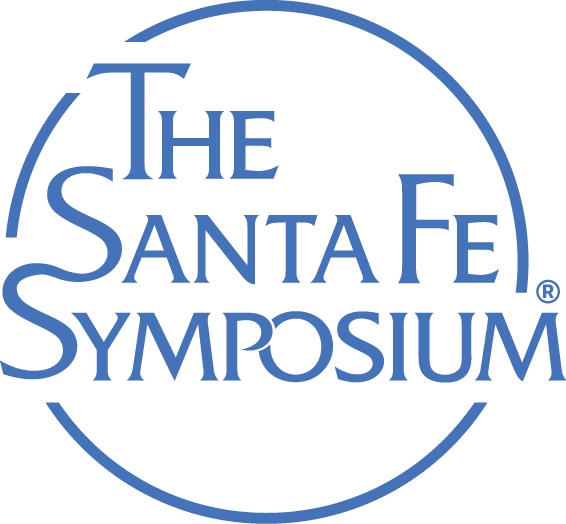Damiano Zito – Progol3d S.p.A., Italy
Damiano Zito is the CEO of Progold S.p.A. in Trissino, Italy. He holds an M.B.A. from Fondazione Cuoa Business School, Vicenza, Italy. He has over 30 years of experience in the jewelry field. He is the chairman of the jewelry group at the Italian Standard Body UNI and is the head of the delegation of Italian experts participating in the working groups of the ISO 174 technical committee, “Jewellery and Precious Metals.” He is also an expert on CEN/TC347, “Method for Analysis of Allergens,” which is the technical committee for the nickel standard EN1811 and EN12472. Damiano is on the board of the Italian Jewellery Federation “Federorafi” with the rights for standardization and innovation. He is the recipient of the following Santa Fe Symposium® awards: Ambassador Award, Research Award, Business Innovation Award, a two-time recipient of the Applied Engineering Award, and his company’s R&D department is a four-time recipient of the Research Award. This is Damiano’s ninth year presenting at the Symposium.

Innovative Printing Strategy for High-Resolution Jewelry Production by Selective Laser Melting
In the past years, selective laser melting (SLMTM) disclosed new opportunities and possibilities for metal manufacturing, especially for those metals such as titanium and platinum alloys which are notoriously difficult to process through traditional production techniques. By using this innovative technology, jewelry manufacturing has been revolutionized, allowing the production of complex pieces with completely new designs and shapes as well as inspiring designer creativity. However, as a pencil has its own resolution limits in handwriting, the SLM technique has its own standard resolution limits as well.
This study aims to demonstrate how it has been possible to increase standard selective laser melting resolution in jewelry manufacturing, enabling sub-millimetric details on near-net-shape pieces. SLM resolution optimization was carried out by investigating and applying new printing strategies using commercial machines to produce jewelry parts. The representative parts were analyzed using optical and electron microscopy. The characterization scientifically demonstrates the great innovations and potential that can be achieved by improving the technique of selective laser melting for the jewelry manufacturing market.
